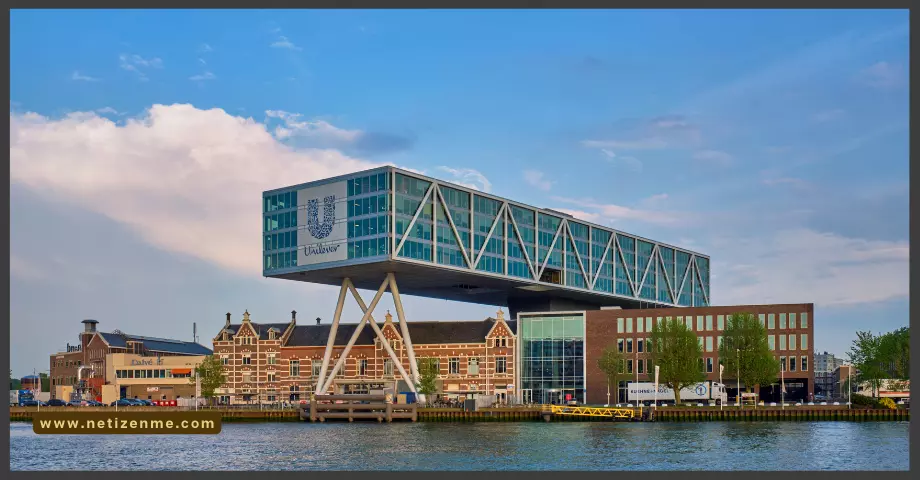The Ritz-Carlton is the epitome of elegance when it comes to opulent hospitality; each element has been carefully chosen to provide guests with an unparalleled experience. An uncompromising commitment to quality lies at the heart of this devotion. We find ourselves wondering, as we set out to explore the Ritz-Carlton’s drive for perfection, how a company known for luxury and sophistication assesses the effectiveness of its dedication to quality. In what ways could the Ritz-Carlton monitor its success in achieving quality? What exactly should they check?
In what ways could the Ritz-Carlton monitor its success in achieving quality?
Let’s explore the techniques the Ritz-Carlton uses to track its accomplishment of unmatched excellence in this blog post. Utilizing a combination of expertise, common sense, and occasionally explicit assumptions, of course, we examine the crucial measures and procedures that define the benchmark for opulent hospitality.
The Ritz-Carlton could employ several techniques to track their progress toward reaching quality.
1. Consistently ask visitors for feedback on their experiences, including how satisfied they were with the staff, the accommodations, and the amenities.
2. keep tabs on statistics, including check-in and check-out times, customer complaints and how they were handled, and employee turnover rates.
3. Put mystery shopping programs into place to assess the level of service from the customer’s viewpoint.
4. Audit the hotel’s processes and practices regularly to spot areas for development and guarantee adherence to accepted standards.
5. Professional experts’ assessments of Ritz-Carlton as superior to its rivals suggest that the hotel offers the finest level of service in its industry. Therefore, they ought to evaluate how satisfied their clients are.
What actions do you expect from a company that intends quality to be more than a slogan?
Establishing Robust Quality Systems:
To go beyond slogans, a company must have well-defined quality systems in place. This includes setting clear quality standards, implementing rigorous quality control processes, and integrating quality checkpoints at every stage of the product or service lifecycle. These systems should be designed to identify, address, and prevent potential issues before they impact the final output.
Continuous Training and Development:
Investing in the training and development of employees is essential. A company committed to quality should provide regular training sessions to enhance the skills and knowledge of its staff. This training should not only focus on technical aspects but also instill a deep understanding of the company’s commitment to quality standards and the importance of individual roles in maintaining those standards.
Performance Monitoring and Measurement:
Regular and systematic performance monitoring is crucial for maintaining quality. Key performance indicators (KPIs) related to quality should be established and continuously monitored. This involves tracking metrics such as defect rates, customer complaints, and adherence to quality standards. Real-time monitoring allows for swift corrective actions and adjustments to processes.
Promoting a Culture of Continuous Improvement:
A commitment to quality involves fostering a culture of continuous improvement within the organization. This means encouraging employees at all levels to actively contribute ideas for enhancing processes and product/service quality. Implementing feedback loops, conducting regular reviews, and recognizing and rewarding improvements contribute to a culture where everyone is invested in maintaining and elevating quality standards.
Prioritizing Customer Happiness:
Quality should be synonymous with customer satisfaction. A company committed to quality goes beyond meeting basic requirements and actively seeks to exceed customer expectations. Understanding customer needs, gathering feedback, and promptly addressing concerns contribute to building lasting relationships and a positive reputation.
Using Visitor Feedback for Improvement:
Actively seeking and utilizing visitor or customer feedback is a crucial aspect of quality management. Companies should employ effective feedback mechanisms, such as surveys or reviews, to understand customer experiences. Analyzing this feedback provides valuable insights for continuous improvement, guiding adjustments to products, services, or processes based on real customer perceptions and preferences.
How could control charts, Pareto diagrams, and cause and effect diagrams be used to identify quality problems at a hotel?
Control charts can track trends and variances in essential variables, including employee turnover, guest satisfaction, and room occupancy rates. For example, the hotel could find regions where performance is consistently below target and take corrective action by monitoring the data over time.
Pareto charts could be employed to pinpoint the most typical causes of customer complaints or service problems. Then, the hotel may organize its efforts more effectively and manage its resources by concentrating on the top 20% of problems that account for 80% of the concerns (Kenton, 2022).
The main factor causing a quality issue could be found using cause and effect diagrams. For instance, the hotel could utilize a cause-and-effect diagram to pinpoint potential causes, such as understaffing, ineffective procedures, or antiquated equipment, if visitors frequently complain about lengthy check-in waits.
What are nonfinancial measures of customer satisfaction that might be used by the Ritz-Carlton?
Some nonfinancial measures of customer satisfaction that the Ritz-Carlton might use include:
- Guest satisfaction scores,
- Online reviews and ratings,
- Repeat business and customer loyalty,
- Word-of-mouth referrals and recommendations.
Imagine one problem Ritz Carlton might be facing. What would be the steps they need to follow in order to solve it?
The Ritz Carlton may need help with sluggish room service delivery. However, the hotel could take the following actions to resolve this issue:
Step 1: Identify the issue and form a team to solve it. Representatives from the front desk personnel, food and beverage, and housekeeping departments may be on the team.
Step 2: Use a Pareto chart to analyze the issue. The hotel might utilize a Pareto chart to determine the most typical reasons for long wait times for room services, such as delays in the kitchen, communication issues, and equipment failures.
Step 3: Determine the issue’s primary source using a cause-and-effect diagram. The cause and effect diagram and the control chart are two effective methods that Ritz-Carlton could employ to solve this issue.
A fishbone diagram, another name for it, is a tool for determining a problem’s root cause. It entails recognizing the issue, creating a list of potential reasons, and classifying those causes like “people, process, equipment, and environment”.
For example, the main reason for the check-in process’s delays might be found using a cause-and-effect diagram. In addition, one may identify factors such as a lack of front desk staff, sluggish computer systems, or ineffective procedures.
A control chart could monitor and manage the check-in procedure after the root cause has been located. A control chart is a statistical tool to assess whether a process is under or out of control. It entails graphing data points and applying statistical techniques to assess the process’s stability and predictability.
In this instance, Ritz-Carlton may note each guest’s typical check-in time and put it on a control chart. The data points should be inside the control ranges if the check-in procedure is reliable and predictable. On the other hand, the data points will exceed the control limits if the check-in procedure is out of control, indicating an issue that has to be fixed.
Bibliography
asq.org. (n.d.). Control Chart – Statistical Process Control Charts | ASQ. https://asq.org/quality-resources/control-chart
Jackson, T. (n.d.). 15 Examples Of Non-Financial Performance Measures To Track | ClearPoint Strategy. https://www.clearpointstrategy.com/blog/nonfinancial-performance-measures
Kenton, W. (2022). What Is Pareto Analysis? How to Create a Pareto Chart and Example. Investopedia. https://www.investopedia.com/terms/p/pareto-analysis.asp
Lotich, P. (2022). 12 Steps to Implementing a Total Quality Management System. The Thriving Small Business. https://thethrivingsmallbusiness.com/implementing-a-quality-management-system/
This article is written by:
Our professional writers and editors are passionate about sharing high-quality information and insights with our audience. We conduct diligent research, maintain fact-checking protocols, and prioritize accuracy and integrity to the best of our capacity.
You can cite our articles under the author name "Netizenme"





